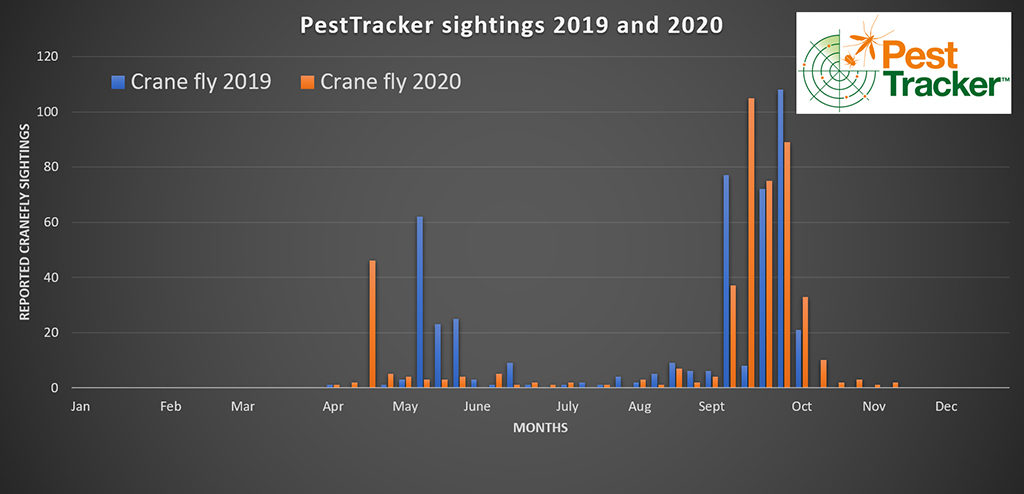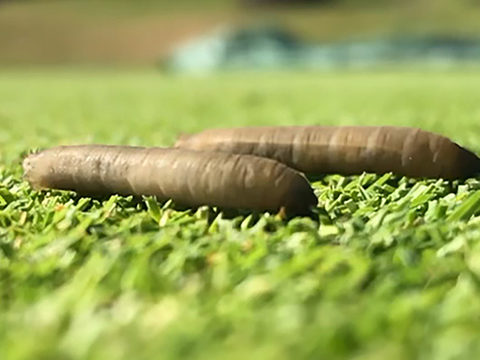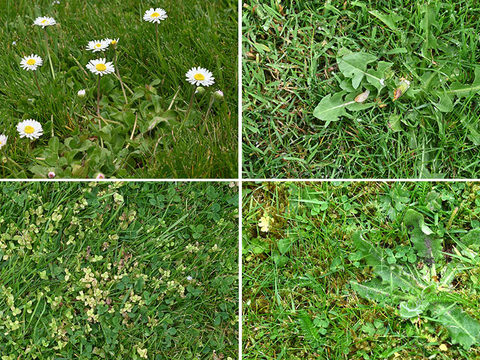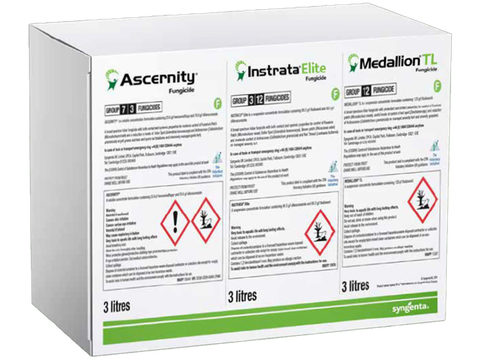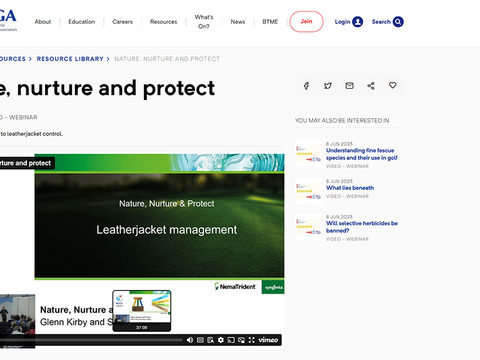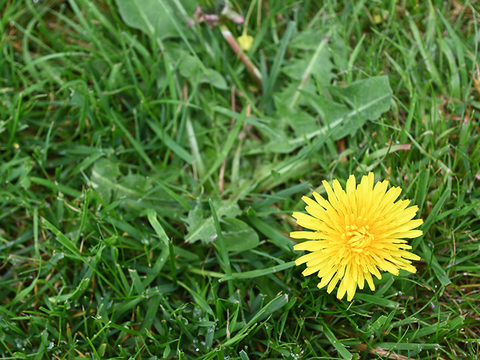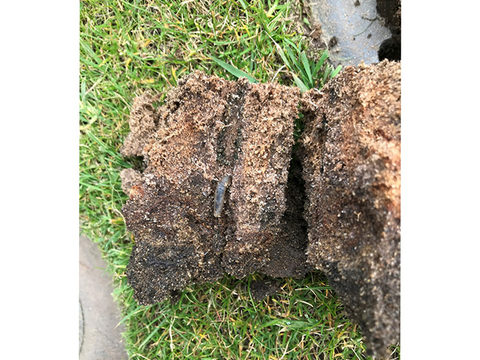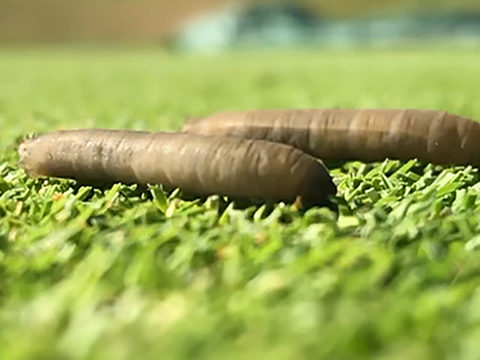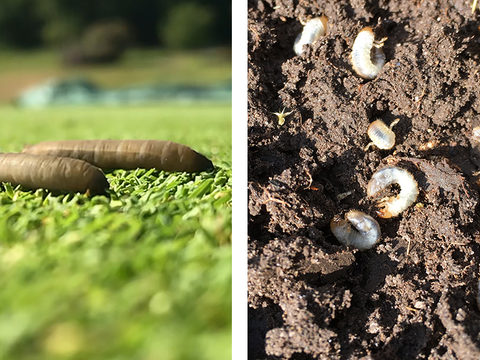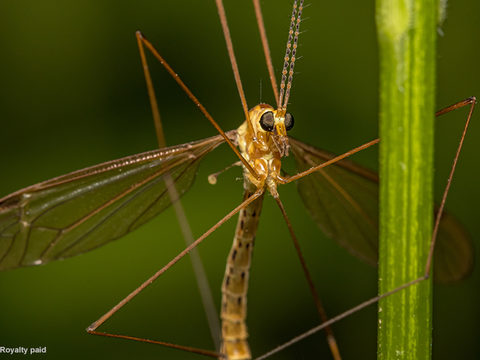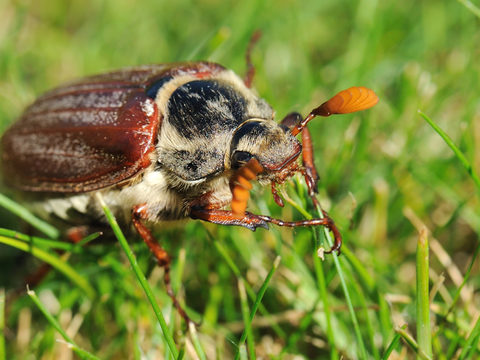Larvae damage erupts early
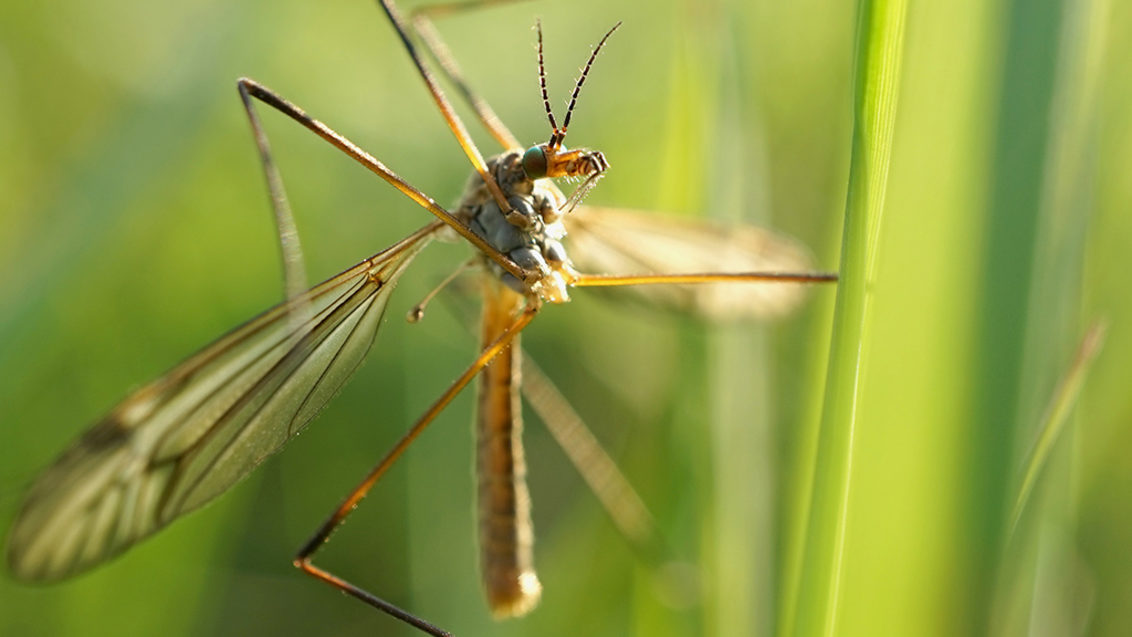
A recent Syngenta survey of 400 golf courses to assess last season’s leatherjacket damage, revealed over 40% of the greenkeepers reported a loss of turf quality in the spring, with a further 20% seeing that reduction in quality all season long. Furthermore, an additional 11% described the damage as significant turf loss. Just 1% reported no damage.
It has clearly focussed the industry’s attention on the extent of the issue faced, as well as highlighted that the effects of leatherjacket feeding damage is occurring earlier than previously seen or expected, writes Glenn Kirby, Syngenta Technical Manager, in the latest issue of Greenkeeper International.
That indicates that as seasonal temperatures are getting warmer, we could expect extended leatherjacket activity.
Traditionally it has been considered that leatherjackets move down through the soil profile from late autumn until spring. However, if they are simply responding to soil temperatures that could easily change.
For different parts of the country that would certainly be the case, but even on individual courses it may explain why some greens are worse affected that others if conditions and temperatures are even marginally more attractive to the pest.
Furthermore, that might continue into changing patterns of adult crane fly emergence and egg laying.
Along with earlier spring activity, Pest Tracker recordings of crane fly sightings have further identified extended periods of activity later into the season. That has helped to target Acelepryn treatment timing more effectively towards the end of the application periods permitted within last year’s Emergency Authorisation.
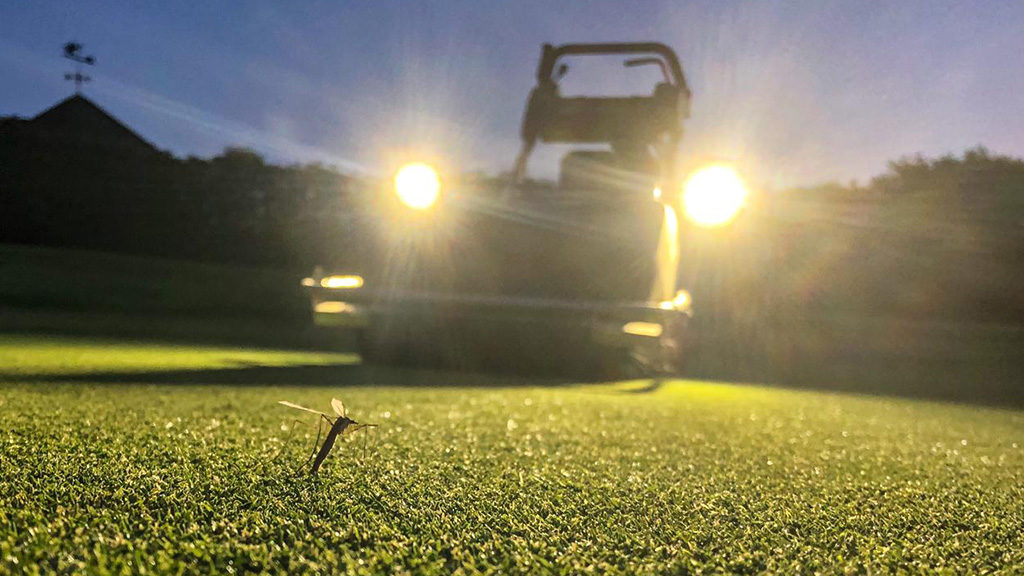
Pest Tracker has also identified the frequency of spring emerging crane fly, which enables better understanding of pest pressures and threats.
Knowing the make up of pest populations could help develop more effective combination control strategies.
If you have a proportion of leatherjackets from spring laying crane fly, for example, it may be more effective to target them with specific nematodes during the warmer summer conditions, when the product’s work best. Autumn leatherjacket populations could then be targeted later with an Acelepryn treatment.
All the evidence of extensive on course trials over recent seasons suggests that, for most situations, no one solution is going to offer complete leatherjacket control.
Trials have repeatedly shown that, used under the Emergency Authorisation, Acelepryn can achieve very high results. However, the acceptability of that control is all dependent on how large the population pressure was at the start.
In some instances areas are being overwhelmed by the sheer numbers present.
Further research will also investigate whether leatherjacket numbers in surrounding areas could be so high that the larvae could move to potentially recolonise the insect’s favourable conditions on greens after treatment.
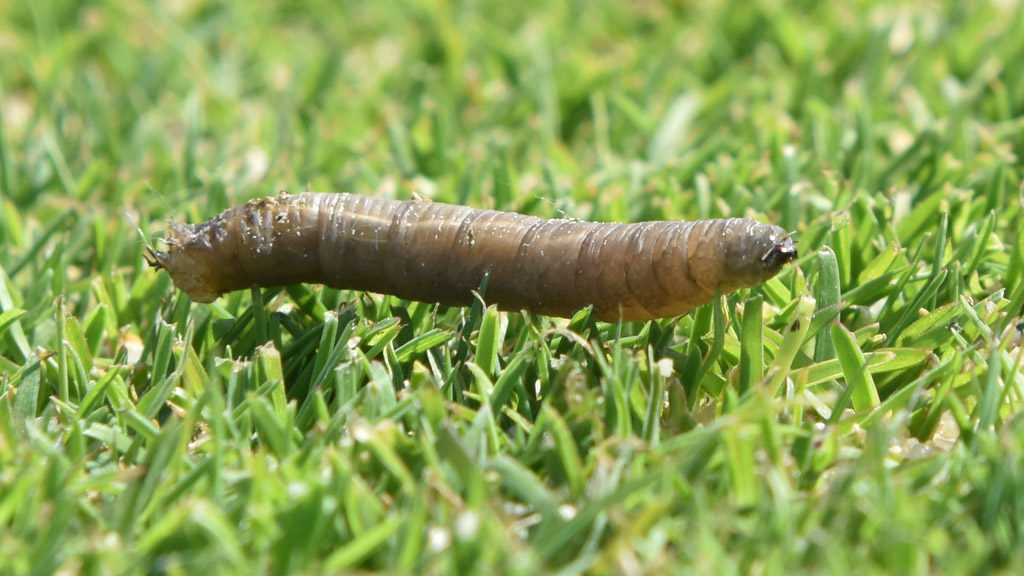
With the scale of the challenge from leatherjackets it is increasingly clear that, for most courses, it will be a truly integrated approach using all cultural and chemical options available to deliver the desired levels of control. Sheeting can be an effective way to reduce numbers in the spring too, but it is unlikely that one night will pull-out sufficient leatherjackets to make a significant difference. A long-term commitment to adopting this method on a regular rotation is important to making in-roads into population numbers.
We need to look at every opportunity for marginal gains to reduce pest populations.
Thrushes, blackbirds and starlings raising a nest of young will feed voraciously on leatherjackets, so putting up nest boxes designed to attract them to the worst affected greens could encourage more natural predation.
Crane fly would also appear to prefer to lay eggs in bare moist soil, with sand being easier to penetrate with their ovidepositor. It may be possible to create a sacrificial area with perfect conditions for adults to lay their eggs away from the green, which could be dug up and removed all together before they hatch.
It is only one step further to put out some solar lights that would attract the adults away from the green and into the egg laying zone.
Getting a better picture of where and when the larvae and the egg laying adults are active - with on course monitoring and Pest Tracker reports - will be crucial in adopting the most effective integrated strategies in future.
Click here for tips on how to test for leatherjacket populations

